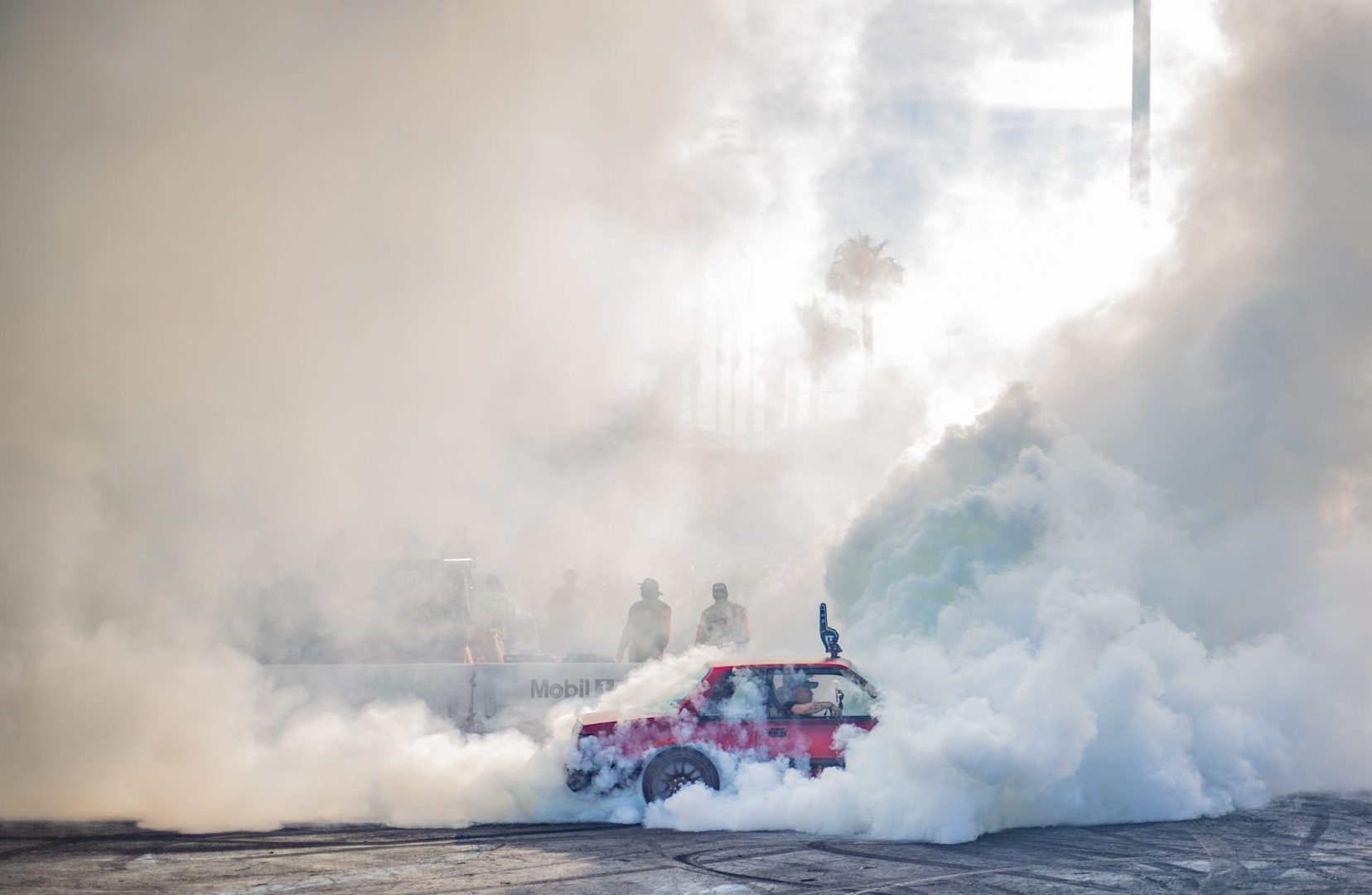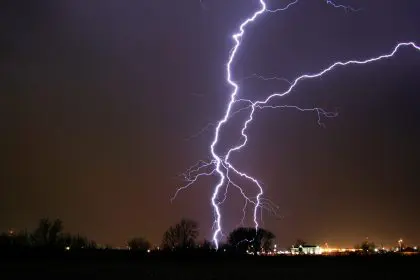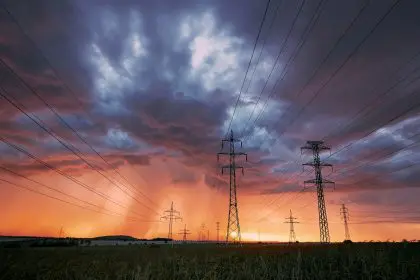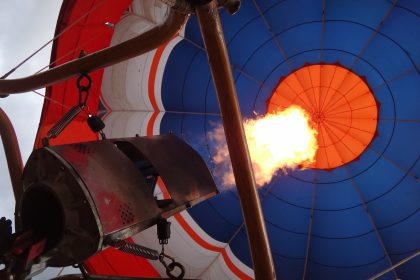Las Vegas residents watched in dismay as flames once again consumed their beloved Wetlands Park, marking the second catastrophic fire to strike the popular nature preserve in less than two weeks. The latest blaze erupted Tuesday afternoon, ultimately destroying more than 100 acres of precious desert landscape and forcing the immediate closure of recreational facilities that serve thousands of valley residents annually.
Emergency responders rushed to the scene just after 3 p.m. when reports of smoke and flames began pouring in from visitors and nearby residents. The fire’s location in the desert area northeast of Old Silver Bowl Park off Weisner Way presented immediate challenges for firefighting crews, who had to navigate difficult terrain while battling rapidly spreading flames fueled by dry vegetation and desert winds.
This devastating repeat occurrence has left many questioning the vulnerability of one of Las Vegas’s most treasured natural spaces. The Wetlands Park serves as a crucial recreational outlet for east valley families, offering hiking trails, educational programs, and a rare glimpse of natural desert beauty within the urban landscape. The recurring fires threaten not only the immediate ecosystem but also the long-term viability of this important community resource.
Emergency response mobilizes across multiple agencies
Clark County Fire Department crews arrived at the scene within minutes of the initial alarm, immediately recognizing the severity of the situation and calling for additional resources. The fire‘s location presented unique challenges, as the desert terrain made traditional firefighting approaches difficult while the proximity to recreational areas raised concerns about public safety.
The Las Vegas Metropolitan Police Department’s specialized Air Unit played a crucial role in the emergency response, deploying helicopters to survey the affected area and assist ground crews. These aerial assets proved invaluable in conducting sweeps of hiking trails and recreational areas to ensure no visitors remained in danger zones after park officials ordered immediate evacuations.
Police aviation units worked closely with fire personnel to provide real-time intelligence about the fire’s progression, including accurate burn size estimates, direction of travel, and identification of optimal access routes for ground crews. This coordinated approach between agencies demonstrated the importance of multi-jurisdictional cooperation in managing large-scale emergency situations.
Bureau of Land Management crews joined the firefighting effort, bringing specialized expertise in managing desert fires and additional resources to support containment operations. The BLM’s involvement reflects the fire’s impact on federal lands and the need for coordinated response across different jurisdictions and land management agencies.
Fire officials established a unified command structure to coordinate resources and ensure effective communication between all responding agencies. This systematic approach proved essential in managing the complex logistics of fighting a fire across challenging terrain while maintaining public safety and protecting nearby residential areas.
Public safety measures implemented across affected areas
Authorities immediately implemented comprehensive safety measures to protect residents and visitors as the fire continued spreading throughout the afternoon and evening hours. Officials issued urgent warnings asking the public to avoid the entire area while crews worked to establish containment lines and prevent further spread of the flames.
The closure order specifically included the W.B. Bennett RC Airfield, a popular destination for remote-controlled aircraft enthusiasts who regularly gather at the facility. This closure reflects the fire’s proximity to recreational areas and the need to keep all civilians away from potentially dangerous conditions created by shifting winds and unpredictable fire behavior.
Park police moved quickly to close access points and redirect visitors away from affected areas, while emergency personnel conducted systematic searches of popular hiking trails to ensure no one remained in harm’s way. The thoroughness of these evacuation procedures demonstrated lessons learned from previous fire incidents and the priority placed on preventing civilian casualties.
Road closures and traffic diversions were implemented around the perimeter of the fire area, allowing emergency vehicles unobstructed access while preventing curious onlookers from entering dangerous zones. These traffic management measures proved crucial in maintaining clear evacuation routes and ensuring emergency responders could move freely between staging areas and active fire zones.
Emergency communication systems were activated to keep nearby residents informed about the fire’s progress and any potential threats to residential areas. This proactive approach to public information helped prevent panic while ensuring community members could take appropriate precautions if conditions changed.
Extended firefighting operations continue through darkness
As daylight faded, firefighting crews prepared for an extended overnight battle against the stubborn blaze, recognizing that complete containment would require sustained effort across multiple operational periods. Fire officials confirmed that crews would maintain continuous operations throughout the night, utilizing specialized equipment and techniques designed for nighttime firefighting in desert environments.
The decision to continue operations after dark reflected both the fire’s persistent threat and the availability of resources needed to maintain effective suppression efforts. Nighttime firefighting presents unique challenges, including reduced visibility and changing wind patterns, but also offers advantages such as higher humidity levels and typically calmer conditions.
Incident commanders established staging areas equipped with lighting systems, communication equipment, and logistical support necessary for sustained operations. These base camps served as coordination centers where crews could rest, refuel equipment, and receive updated briefings on fire behavior and tactical priorities.
Specialized night-vision equipment and thermal imaging technology assisted crews in monitoring fire behavior and identifying hot spots that required immediate attention. These technological tools proved essential in maintaining situational awareness and ensuring firefighter safety during low-visibility conditions.
Water supply operations continued throughout the night, with tanker trucks and portable pumps maintaining consistent water delivery to forward positions. The logistics of maintaining adequate water supplies in remote desert locations required careful coordination and continuous monitoring of consumption rates and resupply schedules.
Facility closures impact community recreation programs
The Wetlands Park Nature Center, a cornerstone of environmental education in the east valley, remained closed following the fire, disrupting scheduled programs and educational activities that serve hundreds of students and families monthly. The facility typically operates Tuesday through Sunday from 9 a.m. to 3 p.m., offering guided tours, educational exhibits, and hands-on learning experiences about desert ecology.
This closure represents more than an inconvenience for regular visitors. The Nature Center serves as an important educational resource for local schools, hosting field trips and environmental programs that connect urban children with natural desert habitats. The disruption of these programs affects not only immediate participants but also long-term environmental education goals in the community.
Scheduled events and programs at the facility were postponed indefinitely, as staff and officials assessed the full extent of fire damage and potential impacts on facility operations. The uncertainty surrounding reopening timelines creates challenges for educators, families, and community groups who rely on the center’s resources and programming.
Regular visitors who use the park for hiking, jogging, and nature photography faced significant disruptions to their recreational routines. The Wetlands Park serves as one of the few easily accessible natural areas in the east valley, making its closure particularly impactful for residents seeking outdoor recreation opportunities close to urban centers.
Investigation into fire causes remains ongoing
Fire investigators have not yet released information about what may have caused this second major fire at Wetlands Park, leaving community members wondering about potential connections to the previous blaze and broader questions about fire prevention and safety measures. The timing of two significant fires within two weeks raises important questions about contributing factors and prevention strategies.
Determining fire causes in desert environments can be particularly challenging, as evidence may be destroyed by the flames themselves or scattered by wind and weather conditions. Investigators must carefully examine burn patterns, interview witnesses, and analyze weather data to piece together the sequence of events that led to ignition.
The investigation will likely examine both natural and human factors that could have contributed to the fire’s start and rapid spread. Desert vegetation conditions, weather patterns, and human activities in the area all represent potential elements that investigators will need to evaluate thoroughly.
Community members and local officials await investigation results that could inform future prevention strategies and safety measures. Understanding the causes of these fires may lead to policy changes, enhanced monitoring systems, or modified recreational access procedures designed to reduce future fire risks.
The recurring nature of fires at this location may prompt broader discussions about land management practices, fire prevention infrastructure, and emergency response capabilities. These conversations could result in significant changes to how authorities approach fire risk management in desert recreational areas throughout the Las Vegas valley.












